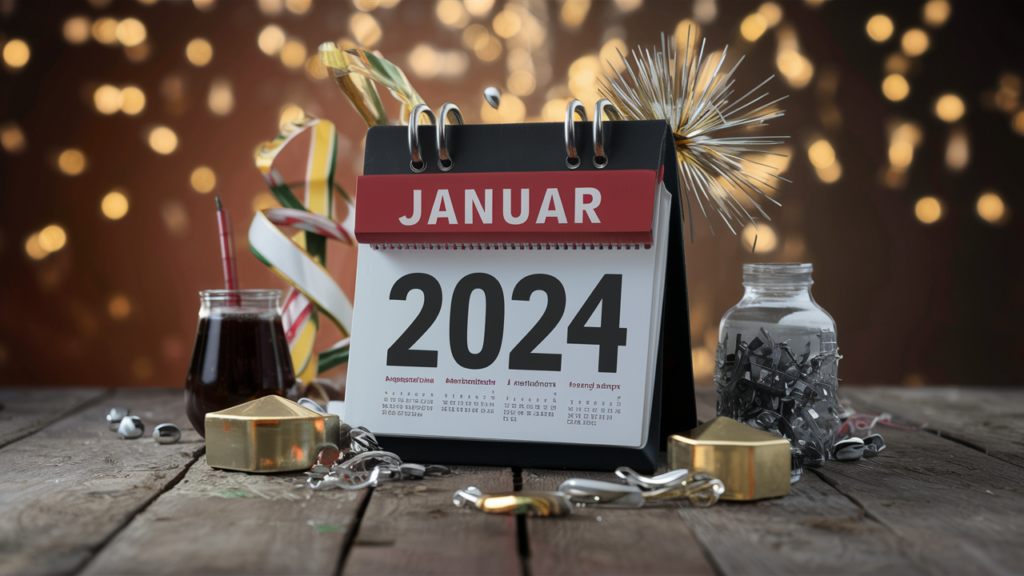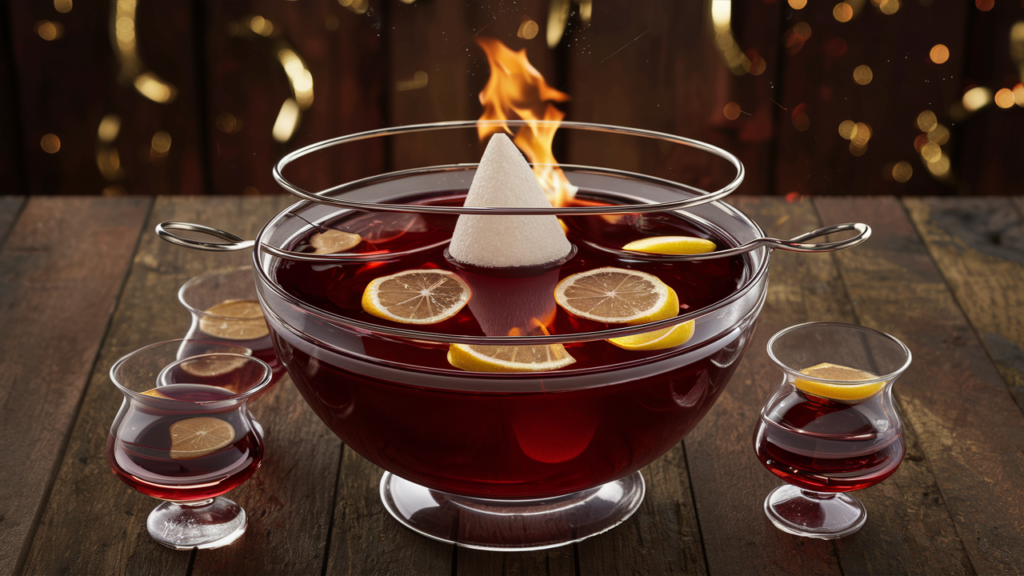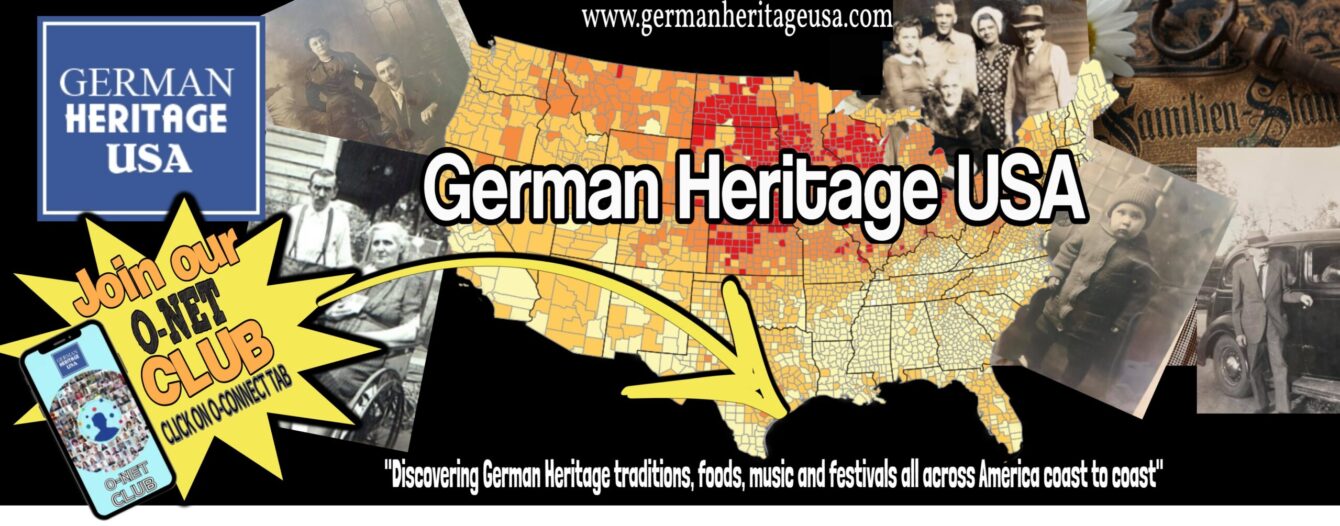Embracing German Traditions: January Celebrations in America with a Twist
GERMAN HERITAGE USA | AFFILIATE DISCLAIMER: This post may or may not contain affiliate links which means we may receive a commission for purchases made through links. We will only recommend products that we have personally used or that we truly trust. Learn more on our Private Policy and Disclaimer Page located under our Terms Of Service tab above.
It’s almost January in Germany, and the party is just getting started in America. While Octoberfest might be the first thing that comes to mind when considering German-American celebrations, the truth is, the rich heritage of German culture offers unique celebrations throughout the year.

January, often painted as a quiet month after the holiday flurry, holds vibrant traditions in Germany that have found a warm welcome in the hearts of German-Americans. Prepare to delve into the magic of these winter festivities, where customs from the old world intertwine with American flair, creating a truly unique experience.
Neujahr: Ringing in the New Year with German Cheer
New Year’s Day, or Neujahr in German, is a national holiday in both Germany and the United States. While Americans raise champagne flutes at midnight, German-Americans often enjoy a different kind of bubbly cheer: Feuerzangenbowle. This fiery punch, prepared with rum-soaked sugar set ablaze, brings warmth and excitement to the festivities.

German-American communities often host Bleigießen, a traditional fortune-telling ritual using melted lead poured into water. The resulting shapes are interpreted to provide glimpses into the coming year, adding a touch of playful mysticism to the celebrations.
Heilige Drei Könige: Epiphany with a Caroling Twist
Epiphany, celebrated on January 6th, holds special significance for both religious and cultural reasons. In Germany, it’s known as Heilige Drei Könige (Three Kings’ Day), marking the arrival of the Magi. While it’s not a national holiday in the US, German-American communities keep the tradition alive with unique twists.
Children, often dressed as the Three Kings, go Sternsingen (star singing), caroling from door to door. Instead of collecting sweets, they raise money for charitable causes, reflecting the American spirit of giving back. Homes are blessed with the inscription “C+M+B” (Caspar, Melchior, Balthasar) written in chalk, symbolizing protection and good fortune.
A Carnival of Costumes and Laughter
While the official Fasching (Carnival) festivities in Germany begin later in the year, January marks the start of the pre-Carnival season. German-American communities often host smaller celebrations around this time, offering a taste of the vibrant costumes, music, and revelry to come.

Think lively costume parties, traditional dances like the polka, and delicious treats like Fastnachtsküchle (doughnut-like pastries). These gatherings provide a joyful escape from the winter blues and build anticipation for the bigger festivities later in the year.
Regional Delights: Bringing a Taste of Germany Home
Beyond major celebrations, January offers a chance to explore regional German traditions within American soil. Here are a few highlights:
- Nuremberg Sausage Week: Held in Pennsylvania Dutch Country, this event celebrates the Franconian culinary tradition with authentic sausages, beer, and live music.
- Christkindlmarkt: Inspired by the traditional Christmas markets in Germany, these festive markets pop up in various American cities, offering handcrafted goods, German food, and a warm holiday atmosphere.
- Eiswein Festivals: Celebrating the unique ice wine produced in colder regions like the Rheingau, these festivals offer tastings, pairings with regional dishes, and educational workshops.
Modern Interpretations: Keeping Traditions Alive with a New Spin
As German-American communities evolve, so do their ways of celebrating traditional holidays. Here are some modern interpretations:
- Virtual Events: Online gatherings have become popular, allowing people to connect and celebrate from anywhere. Think virtual Sternsingen performances, online cooking classes featuring German winter dishes, and live-streamed Fasching costume contests.
- Blended Celebrations: Many German-American families incorporate elements of both cultures into their celebrations. Imagine a New Year’s Eve party with both Feuerzangenbowle and champagne toasts, or a Fasching celebration featuring American-style barbecue alongside traditional German sausages.
- Educational Activities: Engaging younger generations in these traditions is key to keeping them alive. Organize workshops on making Bleigießen molds, teach children about the significance of C+M+B, or host Fasching costume-making workshops using recycled materials.
Conclusion: A Celebration of Heritage and Community
January’s German celebrations in America offer more than just fun and festivities. They represent a vibrant tapestry of cultural heritage, reminding us of the connections between nations and the power of community.
Whether you’re of German descent or simply curious about another culture, embrace the opportunity to delve into these unique traditions.
So, raise a glass of Feuerzangenbowle, don a quirky costume, and join the German-American community in celebrating the magic of January!
